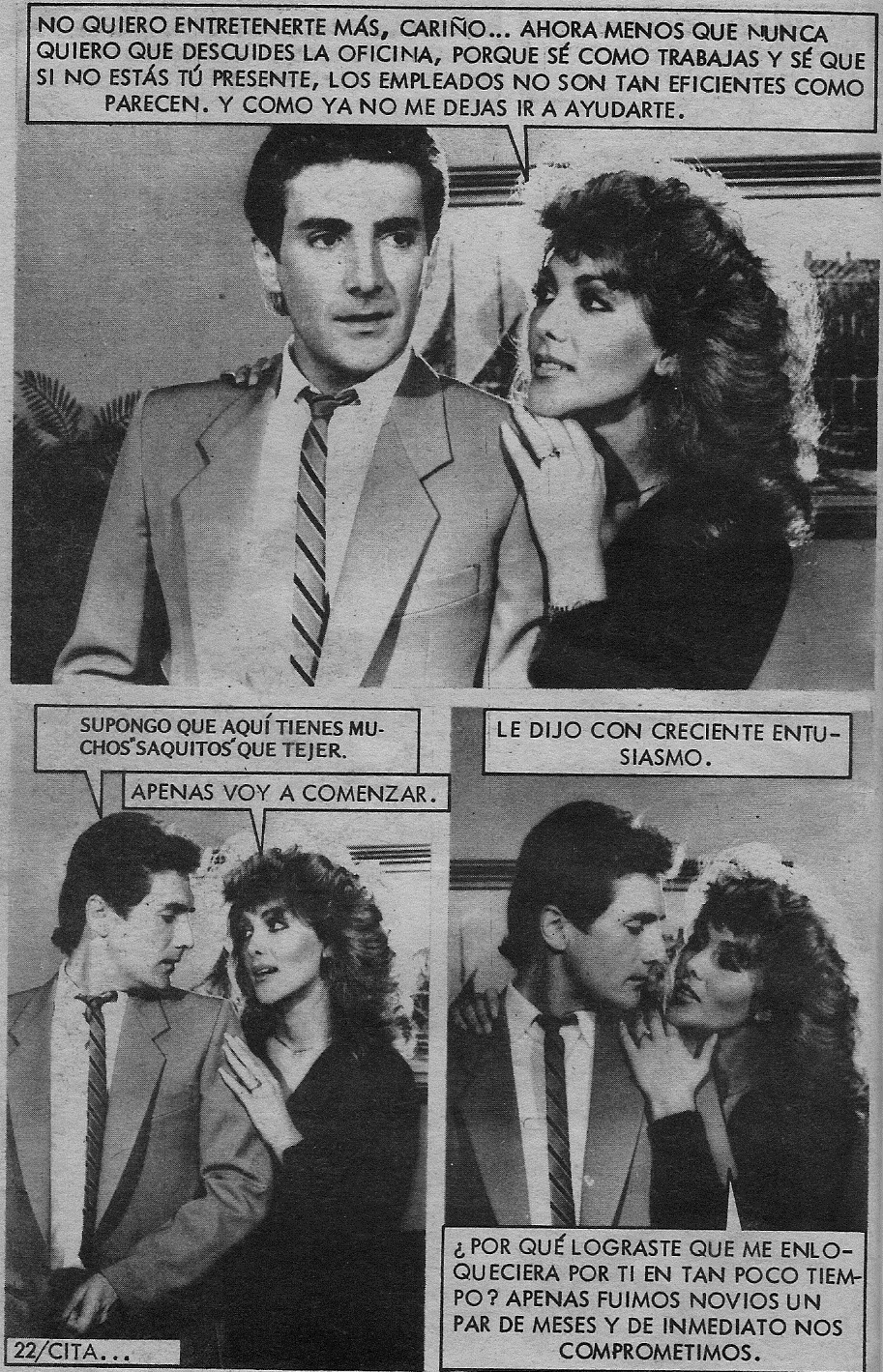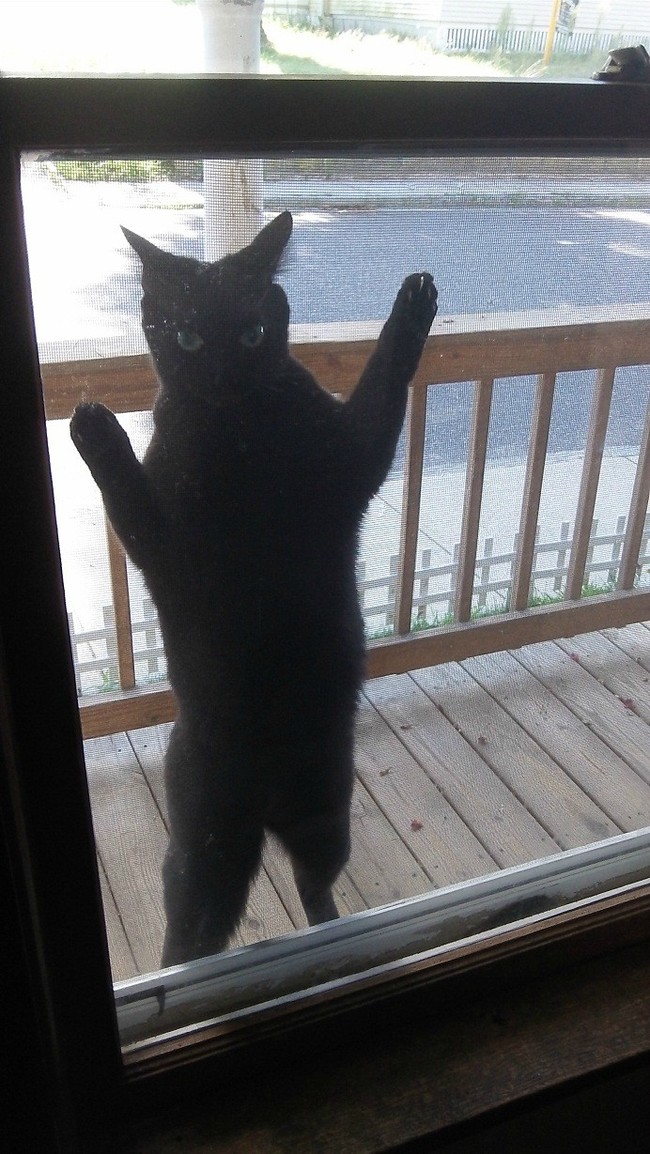

The documented history of the fotonovela is varied, although the Hispanic/Latino fotonovela dates back to the early 1940’s in correlation with the rise in the popularity of film.Įventually, Latin American countries began developing fotonovela that featured original stories that were not based on cinema productions. Initially produced in Italy and Spain, fotonovela were tactile representations of the movie with which they correlated (Carrillo, 1983). Fotonovelas typically depict a simple, dramatic story (or soap opera) enveloped in a dramatic plot that contains a moral message. However, rather than illustrations, sequential photographs are used accompanied by dialogue bubbles. Fotonovela, also known as novelas or novelitas, are similar in format to that of a comic book. The fotonovela is a traditional print medium found in Mexico, Latin America and the Caribbean. Fabiola del Castillo, Panel presentation on “ Pizcando Sueños: Crossing Borders” at the Universidad de Antropolgía y Historia, Mexico, DF, 2002. These elements make fotonovelas an excellent educational tool for outreach workers, youth and discussion groups.

The minimal text, popular language, and visuals of the fotonovelas allow them to be read easily across literacy levels. With the RWHP’s use of community actors and the message-specific storyline for the target community, the fotonovelas successfully present health messages, document the work of communities and unify them to both improve individual and community well-being. The RWHP’s fotonovelas are developed with the community they are intended to serve.


The visual aspects of the novela are enticing and the style allows the reader to explore the health topics, increase self-identification and risk, and strengthen cultural identity.” “RWHP fotonovelas reflect the struggles of communities in a positive light, incorporating role models who balance socio-cultural obstacles and disease prevention.


 0 kommentar(er)
0 kommentar(er)
